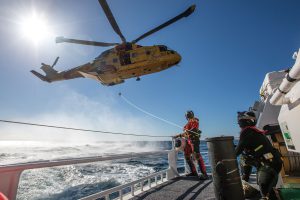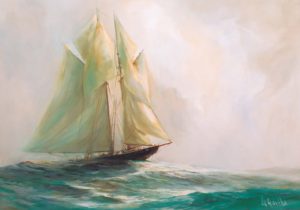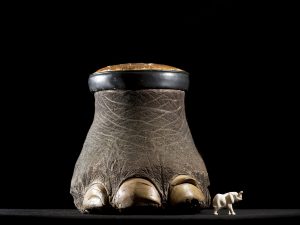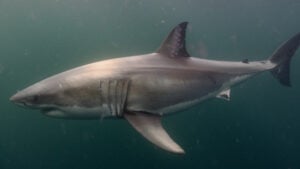
People & Culture
Safety first, service always: The Canadian Coast Guard turns 60
A celebration of the Canadian Coast Guard’s renowned search-and-rescue capabilities — and more — as the special operating agency turns 60
- 4392 words
- 18 minutes
This article is over 5 years old and may contain outdated information.
Wildlife

White-nose syndrome (WNS), a deadly disease that has killed more than 5.7 million bats in eastern North America, has officially spread to the West. The United States Geological Survey and Fish and Wildlife Service recently confirmed the fungus caused the death of a little brown bat in Washington State.
WNS was first documented in North America in 2007 in New York. Since that time, WNS has been confirmed in 28 U.S. states and five Canadian provinces (New Brunswick, Nova Scotia, Québec, Ontario and Prince Edward Island). It has affected more than 50 per cent of the 47 bat species living the United States.
The fungus has the potential to wipe out 100 per cent of bats sharing a roost for hibernation. Biologists in Canada and the U.S. are trying to slow down the spread of the disease in North America. The Wildlife Conservation Society of Canada has recommended that Canadians:
WNS is caused by the fungus Pseudogymnoascus destructans (formerly known as Geomyces destructans). The fungus flourishes in cold environments making chilly caves and other hibernation spots, like mines, prime breeding locations.
Apropos to its name, the fuzzy white fungus spreads over the hairless, exposed parts of a hibernating bat—namely its nose, wings and ears. It disrupts the sleeping patterns of hibernating bats, causing them to fly outside during the day. Bats with WNS burn double the energy of non-infected bats during hibernation, causing them to prematurely deplete their fat stores and starve.
Are you passionate about Canadian geography?
You can support Canadian Geographic in 3 ways:

People & Culture
A celebration of the Canadian Coast Guard’s renowned search-and-rescue capabilities — and more — as the special operating agency turns 60

History
The symbolism of the iconic Canadian fishing and racing schooner Bluenose may be as relevant today as it was 100 years ago when the ship first hit the water

Wildlife
An estimated annual $175-billion business, the illegal trade in wildlife is the world’s fourth-largest criminal enterprise. It stands to radically alter the animal kingdom.

Wildlife
Korean-Canadian filmmaker Sonya Lee dives deep into the world of great white sharks for the latest documentary from CBC’s The Nature of Things